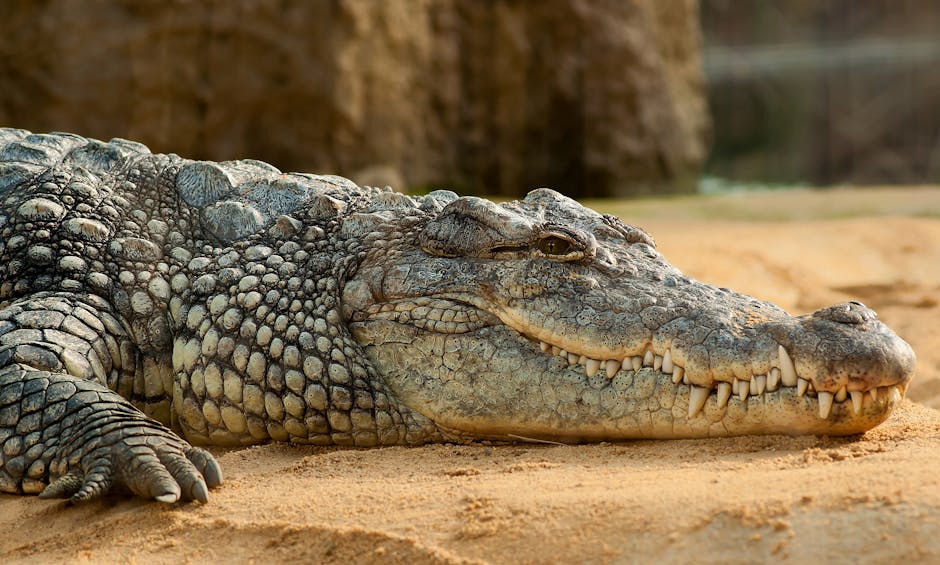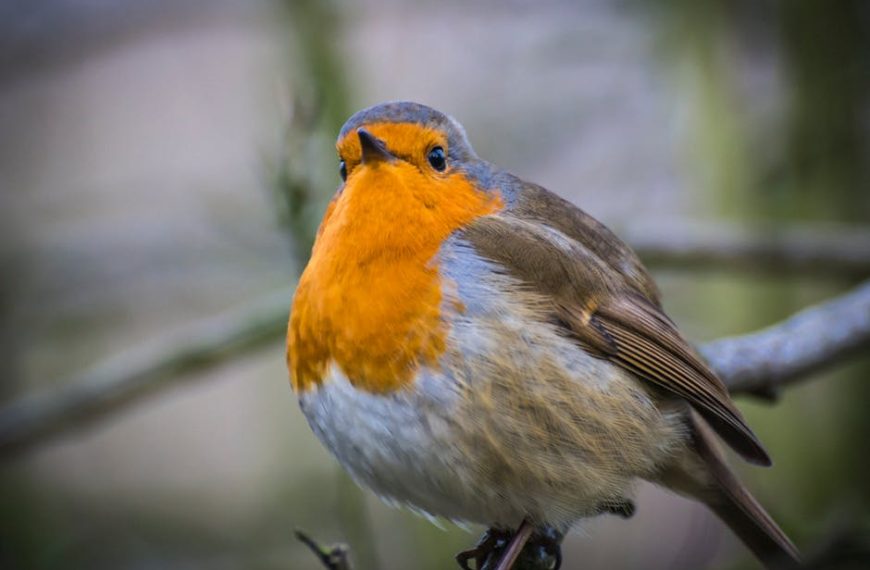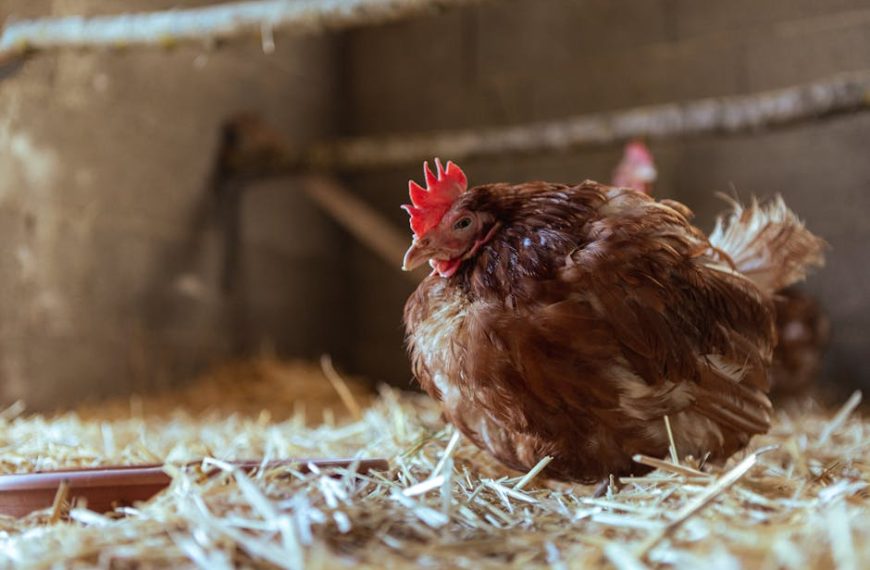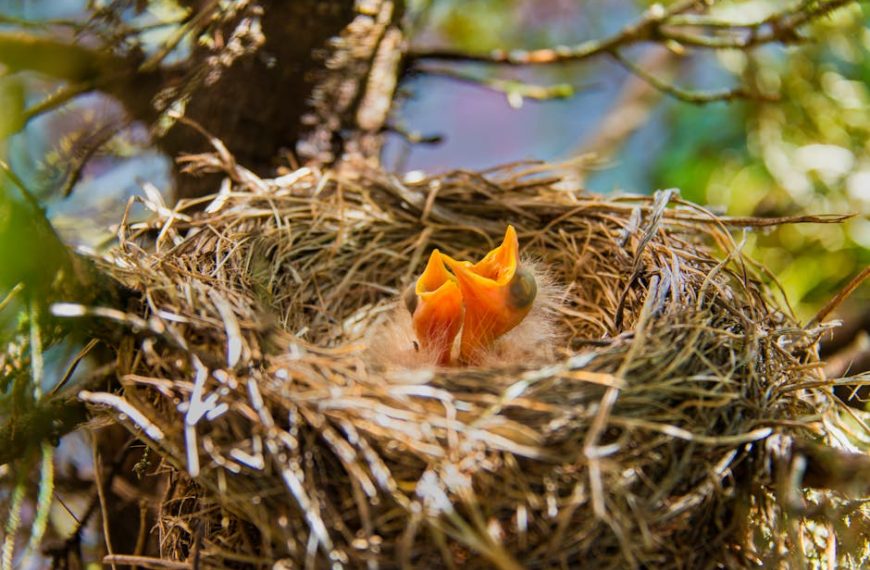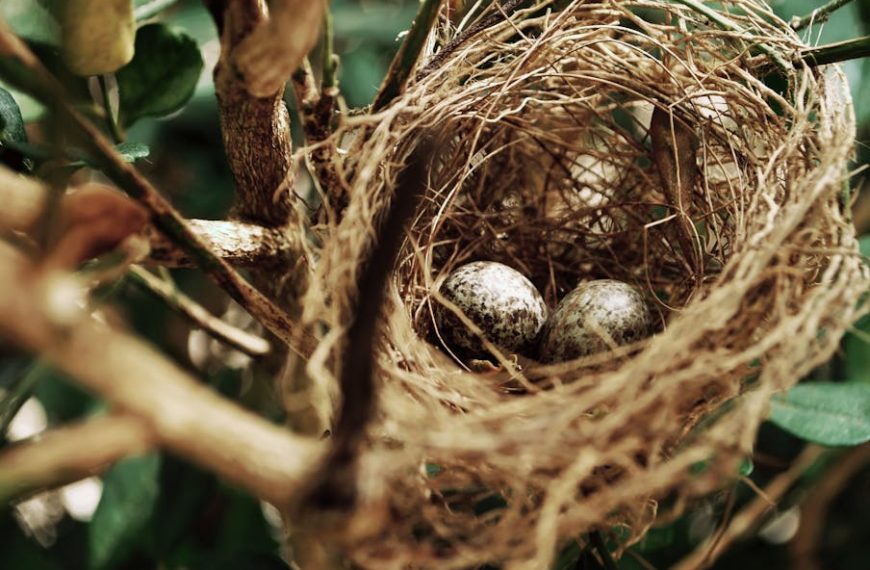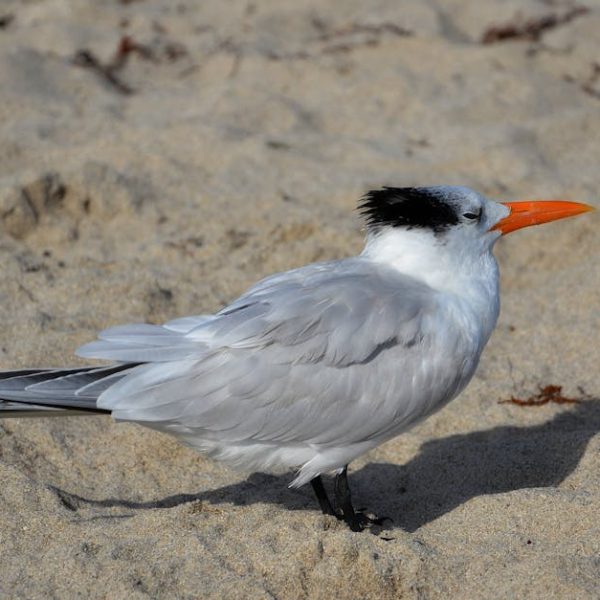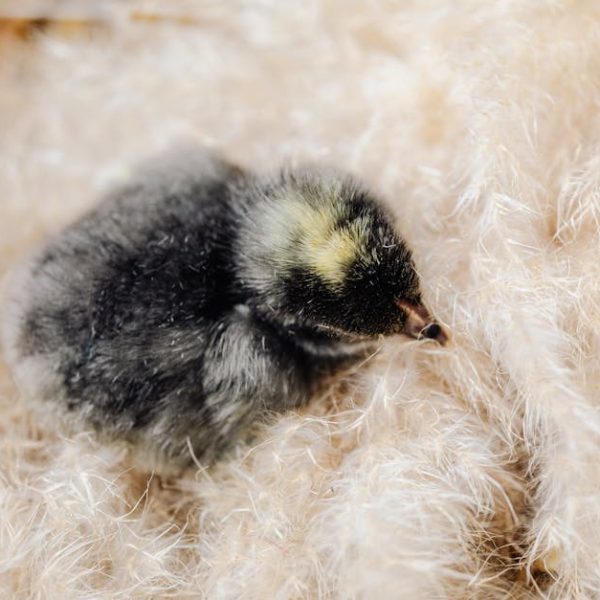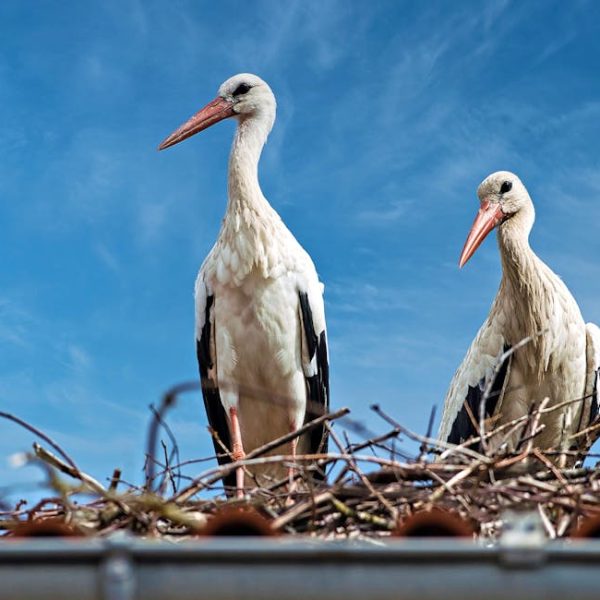The tough, leathery exterior of reptile and bird eggs is not simply an aesthetic phenomenon; it is an evolutionary adaptation that is vital to these species’ survival. This protective casing, often referred to as an ‘amniotic egg,’ offers the developing offspring a safe and nurturing environment to flourish, away from predators and harsh external conditions. This article delves into the primary characteristics of these distinctive eggs, the reasoning behind their unique composition, their scientific classifications, and, most importantly, the intriguing distinctions between bird and reptile eggs.
Characteristics of Reptile Eggs
Reptile eggs possess an enviable resilience, a testament to nature’s supreme engineering. Their overall strength and durability stem from a leathery, flexible shell, which aids their terrestrial existence. The toughness, however, doesn’t compromise the egg’s permeability to water and gases, which allows the embryo to breathe and hydrate.
Reptile eggs vary significantly in size, shape, and even texture across different species. Consider the sizeable, round sea turtle eggs, which contrast sharply with the elongated, softer eggs laid by several snake species.
But why did reptiles evolve to produce such hardy eggs in the first place? The simple answer is survival. Consider the following:
• Protection from predators: The tough exterior of the eggs provides a solid defense against smaller predators, ensuring a higher survival rate for the offspring.
• Resistance to dehydration: In hot, dry climates, the leathery eggshell prevents excessive water loss, keeping the developing embryo hydrated.
• Enhanced survival in varied terrains: Whether buried in sandy beaches or nestled amongst rocky outcrops, these durable eggs are designed to weather diverse habitats.
Naming and Classification of Reptile Eggs
Reptile eggs are scientifically termed ‘amniotic eggs,’ a reference to the amnion, one of the essential membranes encapsulating the embryo inside. This membrane forms a fluid-filled cavity, protecting the developing offspring from mechanical shocks and dehydration.
Reptile eggs are further categorized based on their reproductive strategies as follows:
- Oviparous reptiles: These reptiles, which include most turtles, snakes, and lizards, lay their eggs and leave them to develop independently. The rugged shell safely houses the embryo until it is ready to hatch.
- Ovoviviparous reptiles: A few snake species, like the boa constrictor, fall under this category. They retain their eggs within their bodies until they’re ready to hatch, giving the illusion of giving live birth.
- Viviparous reptiles: A rarity in the reptilian world, these species, which include the skinks, do give live birth, their eggs developing internally with direct nourishment from the mother.
It’s fascinating to see how the survival strategy varies even among reptiles, underlining the richness of our biodiverse world.
Characteristics of Bird Eggs
Moving on to bird eggs – these are not as heavily leathery as those of reptiles, but still, exhibit a remarkable degree of toughness. The bird eggshell, primarily made of calcium carbonate, has a smooth, hard exterior rather than a leathery one. It’s more rigid, fragile, yet protective, different depending on the bird species. For instance, eggs of the tiny hummingbird are almost spherical and measure just over a centimeter, while ostrich eggs are the largest and have a noticeably thicker shell.
So, why aren’t bird eggs as leathery as reptile eggs? A few reasons come to mind:
- Birds are endothermic: Because birds are warm-blooded, their eggs don’t need to withstand fluctuations in environmental temperature to the same degree that reptile eggs do.
- Encourages chick development: The rigidity of bird eggshells provides a solid surface for the chick to kick against whilst it develops, strengthening its muscles for post-hatching survival.
- Nesting habits provide safety: Bird’s nests, placed off the ground and sometimes hidden, provide an extra measure of safety, reducing the need for exceptional durability.
Naming and Classification of Bird Eggs
While reptile eggs are termed as ‘amniotic,’ bird eggs are commonly referred to as ‘hard-shell.’ This simple name reflects the most striking feature of bird eggs – their hard, protective outer shell. It’s a beautiful testament to the saying that ‘Nature speaks the language of simplicity.’
Much like reptiles, bird eggs also have fascinating classifications based on their incubation strategies and nesting habits. They can be:
- Single-egg layers: Species like the Albatross and Kiwi belong to this category. They tend to lay large, single eggs and expend all their energy into ensuring these offspring survive.
- Multiple-egg layers: Common birds like sparrows and pigeons all belong to this category. They produce multiple eggs in a clutch, sometimes over several days, leading to asynchronous hatching where chicks of different sizes can be seen in the same nest.
- Brood parasites: These birds, such as cuckoos, lay their eggs in the nests of other birds, outsourcing parenthood to another species entirely!
Comparison Between Reptile and Bird Eggs
Now that we’ve explored the characteristics of reptile and bird eggs separately, let’s bring them head-to-head.
| Attribute | Reptile Eggs | Bird Eggs |
|---|---|---|
| Shell Texture | Leathery | Hard |
| Resistance to Temperature Fluctuations | High | Low |
| Predator Defense | Tough shell provides protection | Nesting habits provide protection |
| Incubation Strategy | Vary across oviparous, ovoviviparous, and viviparous | Predominantly oviparous, with single or multiple egg layers |
Whether the egg belongs to a bird or a reptile, its basic purpose remains the same- protecting and nurturing the offspring until they’re ready to embrace the world outside. The variations we see are simply adaptations that different species have developed in their journey of evolution, a testimony to the marvel that is Mother Nature.
Wrapping It Up
Hopefully, this exploration into the world of reptile and bird eggs has answered some of your queries and piqued your interest. The next time you encounter an egg, may it be of an obscure reptile or a common bird, remember to appreciate the complex science and the powerhouse of survival strategies it encapsulates!
Key Takeaway:
- The tough, leathery eggs of reptiles and birds, also known as amniotic eggs, have evolved as a survival strategy, offering protection from harsh conditions and predators.
- Reptile eggs have a leathery, flexible shell and are categorized into oviparous, ovoviviparous, and viviparous, based on the reproductive strategy.
- Bird eggs are not as leathery as reptile eggs due to their endothermic nature and nesting habits. These eggs are called ‘hard-shell’ eggs.
- Despite their differences, both reptile and bird eggs serve the same purpose: to provide a nurturing environment for their offspring to grow and develop.
Understanding the science and survival strategies behind bird and reptile eggs can provide a more profound appreciation for nature’s complexities. Both types of eggs show how species adapt their reproductive strategies to their environment and needs, resulting in these amazing biological marvels.
FAQs
Q: Why are reptile eggs leathery?
A: The leathery texture of reptile eggs is an adaptation for survival. The tough exterior provides protection from predators, prevents dehydration, and allows the eggs to withstand various terrains.
Q: How is the naming of reptile and bird eggs different?
A: Reptile eggs are scientifically named ‘amniotic eggs,’ referring to the amnion that encapsulates the embryo, whereas bird eggs are commonly referred to as ‘hard-shell’ eggs, highlighting the hard, protective outer shell.
Q: Are there reptiles that give live birth?
A: Yes, viviparous reptiles like skinks do give live birth. Their eggs develop internally with direct nourishment from the mother.
Q: Why aren’t bird eggs as leathery as reptile eggs?
A: Birds being warm-blooded, their eggs don’t need to withstand environmental temperature fluctuations like reptile eggs. Also, birds’ nesting habits provide extra safety, reducing the need for an extraordinarily durable shell.
Q: Are there bird species that lay only a single egg?
A: Yes, single-egg layers like Albatross and Kiwi lay large, single eggs and focus all their energy into ensuring just these offsprings’ survival.
Feel free to share this article and explore more intriguing posts about the wonders of nature on our site!
